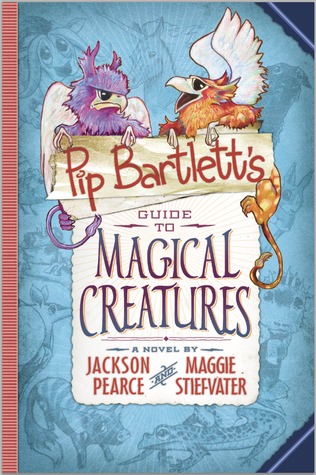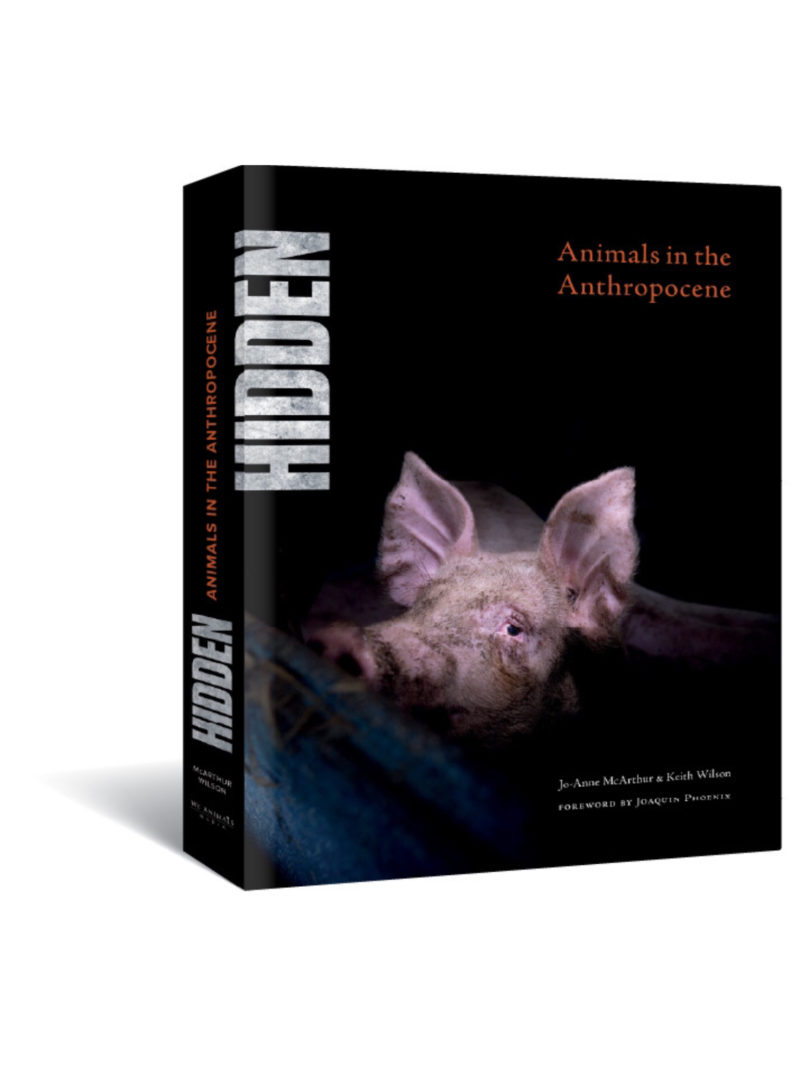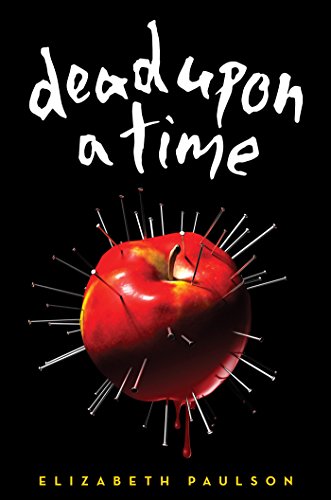In this delightful early reader/middle-grade novel, young Pip Bartlett finds that her talent for talking to magical creatures more often gets her into trouble than out of it. Despite the fact that Pip’s world is populated with unicorns, griffins, hobgrackles, and a slew of other fantastical creatures, no one believes Pip when she claims that she has the ability to speak to them. This not only results in the infamous (and hysterical) unicorn incident but also in Pip getting sent to stay with her Aunt Emma, a veterinarian for magical creatures, over the summer.
Pip’s stay has hardly begun when trouble arrives in the form of Fuzzles—small fuzzy creatures that tend to spontaneously burst into flame. Not much is known about Fuzzles, but—due to their propensity to set things on fire—they are generally considered pests that must be eliminated. Now Pip’s town has been overrun with them, and she can’t help but feel bad for the little guys. After all, they don’t mean to set everything on fire. Is there a place the Fuzzles can live safely? Can she find a way to save them?
First off, I should say that, even for an older reader, this book is really funny—I snorted out loud while reading it at work (I work at a bookstore, so that’s totally allowed). I was drawn to this book because I’m a big fan of Maggie Stiefvater’s work for older readers, and though I wasn’t sure what to expect from her collaboration with Jackson Pearce, I ended up really enjoying it. The personalities of the creatures Pip can communicate with are, frankly, most often ridiculous but in the best possible way. I also liked the way that, besides the presence of such, for lack of a better phrase, fantastic beasts, Pip’s world is very much our own. This grounding in reality is refreshing since I’ve found that often modern fantasy books for the 6-9 set can go a tad overboard with their exuberant world building.
Beyond that, I love that kids can actually learn a thing or two about conservation from this book. That’s right—science! Pip Bartlett’s Guide to Magical Creatures may have unicorns it in, but it also manages to impart some very down to earth advice for dealing with regular animals as well. It’s sure to appeal not only to those kids who want to read Harry Potter, but maybe aren’t quite old enough for that, but also to those who don’t care one way or another about fantasy but really like taking care of their dog. Pip is smart, adorable, and resourceful. I’m looking forward to picking up the next book in the series.
Some books for kids, while excellent tools for teaching youth to love reading, are a bit cloying for adults (I’m looking at you, Rainbow Magic Fairies) but not so with Pip Bartlett’s Guide to Magical Creatures. I have zero qualms about putting this book into the hands of young and eager readers, and it’s an excellent choice to consider if you’ve got a child you need to buy a book for, but it’s also a fun afternoon’s distraction for more *ahem* mature readers.




